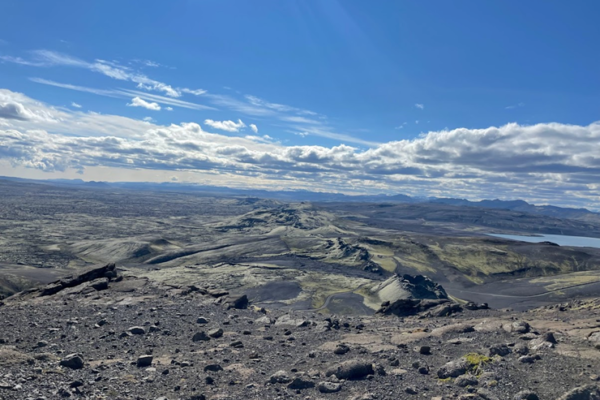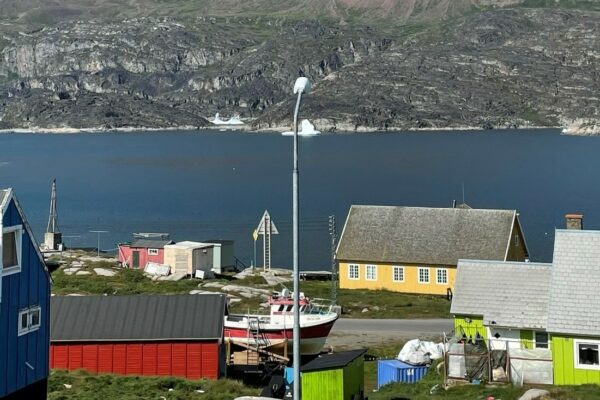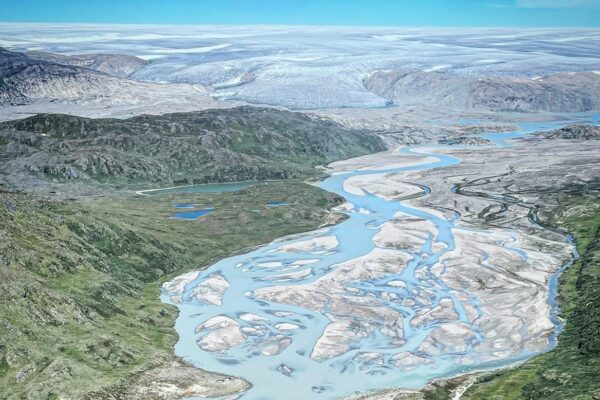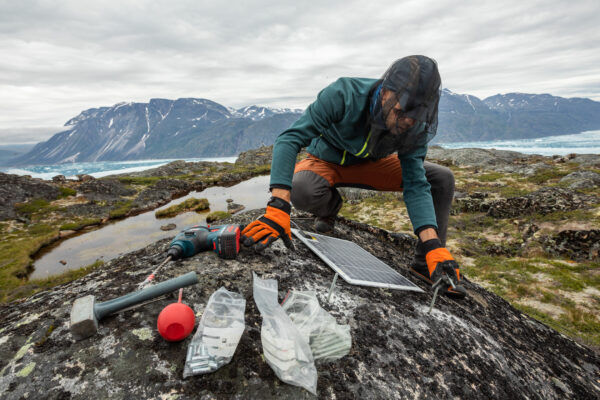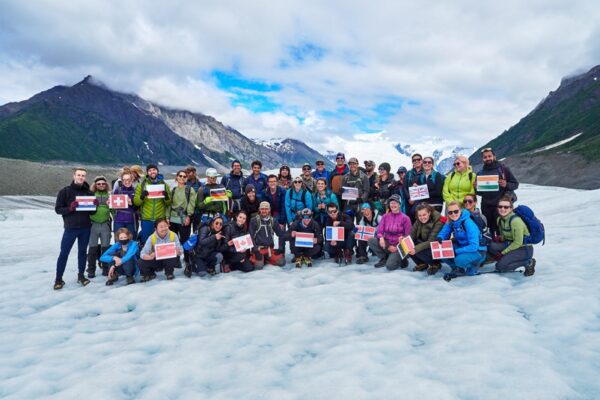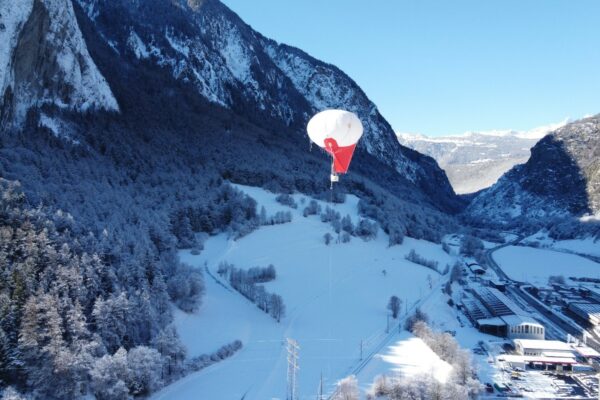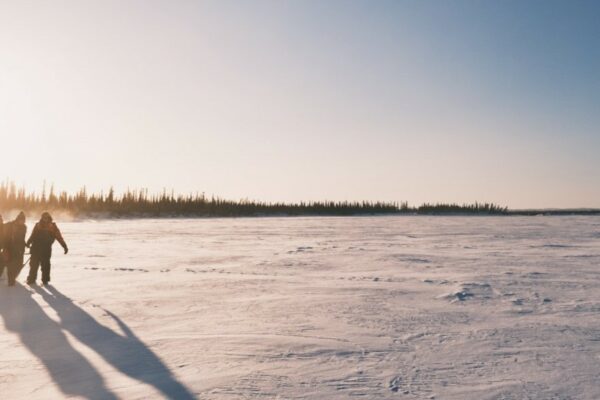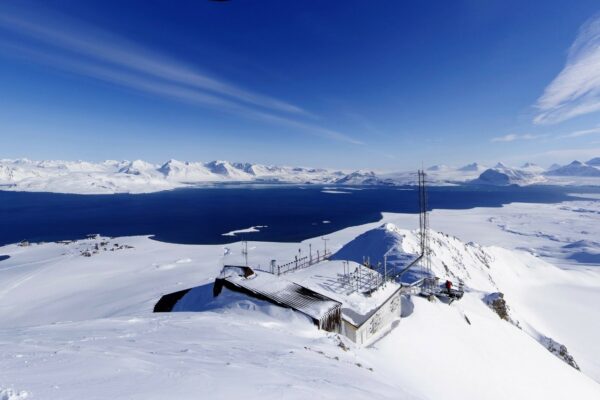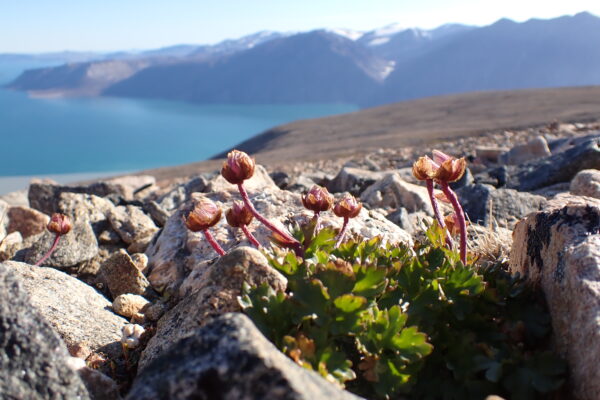Volcanoes can have major impacts on the climate system, resulting in short-term cooling of earth’s surface following an eruption. Amongst the most active regions in the world is Iceland, the activity of which is reflected in its extremely diverse and largely desolate landscape. However, despite the high-activity of these volcanic […]
Read MoreFieldnotes
Impressions, anecdotes and experiences from the field. Authors are beneficiaries of SPI funding. The posts present the authors’ reflections of their field experiences.
Rockglacier Dynamics on Disko Island – Isabelle Gärtner-Roer
Arctic permafrost is currently undergoing rapid changes. While regions like Alaska, the Russian Arctic or Svalbard have several long-term monitoring sites, the knowledge on permafrost distribution, thickness and change in general, and on rockglacier dynamics in particular, is very limited for Greenland. Finally, in summer 2021, we travelled to Disko […]
Read MoreTracing past interglacial South Greenland Ice Sheet extent using meltwater sediment samples – Anne Sofie Søndergaard
Ice mass loss from Greenland has accelerated over the last few decades and it has recently been predicted that Greenland could become ice free in the next millennium. During past interglacial periods, when global mean temperatures reached values larger than today, the Greenland Ice Sheet was most likely smaller than […]
Read MoreThe GreenFjord project gets started – Dominik Gräff
How does accelerated climate change in the Arctic affect the ecosystems of Greenlandic Fjords? This is the central question which the GreenFjord project funded by the SPI Flagship Initiative aims to answer in the upcoming four years. Therefore each of the six individual research clusters within the project focuses on […]
Read MoreInternational Glaciology Summer School 2022, McCarthy, Alaska – Johanna Klahold
Early in the morning of 7 June 2022, 28 glaciology students from around the world convened at the University of Alaska Fairbanks (UAF) for the sixth biennial International Summer School in Glaciology.After a short welcome and introduction of the instructors, we lost no time and quickly got onto vans to […]
Read MoreMoMuCAMS – A new platform to understand the vertical dispersion of aerosol particles and trace gases in the lower atmosphere – Julia Schmale
MoMuCAMS stands for Modular, Multiplatform-Compatible Air Measurement System. Behind what at first seems like a mouthful, lies what may appear as a simple box carrying a set of instruments (Fig. 2). The truth is more complex than that… It all started in May 2020 in the Extreme Environments Research Lab […]
Read MoreMackenzie Delta Lake sediments – Records of recent permafrost thaw? – Lisa Bröder
Arctic rivers and their deltas are increasingly impacted by the rapid changes the Northern regions are currently facing. The Canadian Northwest Territories have witnessed dramatic increases in temperature and precipitation over the last decade, leading to widespread thawing of previously frozen soils (permafrost). To investigate whether this changing climate has […]
Read MoreDetecting new persistent organic pollutants in the Arctic Atmosphere – Myriam Guillevic
Atmospheric pollution in the Arctic caused by newly emitted, anthropogenic persistent pollutants is a matter of growing concern. Due to the remoteness of the Arctic and Antarctic from most known sources, the poles are a location of choice to determine if specific chemicals are persistent and prone to long-range transport. […]
Read MoreSUMITER: SUrveying and MonItoring mounTain vEgetation in the aRctic – Christophe Randin
High-elevation and high-latitude ecosystems are, and will be, particularly affected by the rapid and unprecedent climate warming our planet is currently experiencing, with rates of temperature increase two to four times higher than the global average since the 1980s. In line with these warming trends over recent decades, most plant […]
Read More